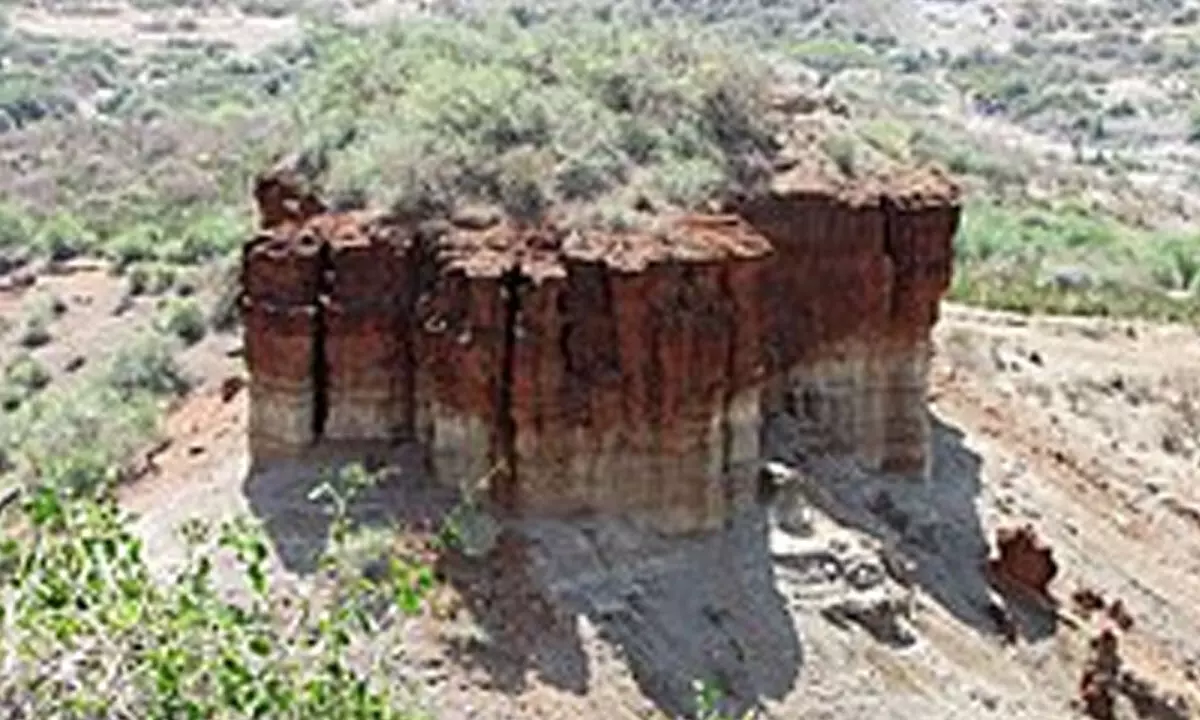Fossil hotspots in Africa, a missing link in evolution
Share :

Only a few locations in Africa are home to the majority of the early human fossil record, where ideal geological circumstances have preserved a wealth of fossils that biologists have used to piece together the evolution of humans, yet it is not a complete picture.
New Delhi: Only a few locations in Africa are home to the majority of the early human fossil record, where ideal geological circumstances have preserved a wealth of fossils that biologists have used to piece together the evolution of humans, yet it is not a complete picture.
The eastern branch of the East African Rift System, which has significant fossil sites like Tanzania's Oldupai Gorge, is one of these hotspots for fossils.
However, given that the eastern branch of the rift system only comprises about one per cent of Africa's landmass, it is easy to calculate the amount of information that scientists who rely on samples this small are missing.
Researchers from George Washington University demonstrate in a recent study that was published on Tuesday in the journal Nature Ecology & Evolution, how much our understanding of human evolution is skewed by the concentration of sites in hotspots like the East African Rift System and why early human history interpretations must take this bias into consideration.
W Andrew Barr and Bernard Wood at the varsity found that the fossil record is systematically biased, and that only a small number of medium and large-bodied mammals are "rift specialists."
This means that the rift environment represents only 1.6 per cent of the total geographic range of modern mammal species, highlighting the need for adjusting interpretations.
They further say that skulls from the Rift Valley represent less than 50 per cent of the total variation among primate skulls in Africa.
This is despite the fact that the rift represents only a small sample of where ancient humans likely lived.
"We must avoid falling into the trap of coming up with what looks like a comprehensive reconstruction of the human story, when we know we don’t have all of the relevant evidence. Imagine trying to capture the social and economic complexity of Washington DC if you only had access to information from one neighbourhood. It helps if you can get a sense of how much information is missing,” says Wood.
The study suggests that while modern mammals can provide clues about the environments and physical differences of ancient humans, they cannot provide a comprehensive reconstruction of the human story.
The researchers also suggest that the scientific community should look beyond the rift to identify new fossil sites and expand the geographic range of the fossil record.












